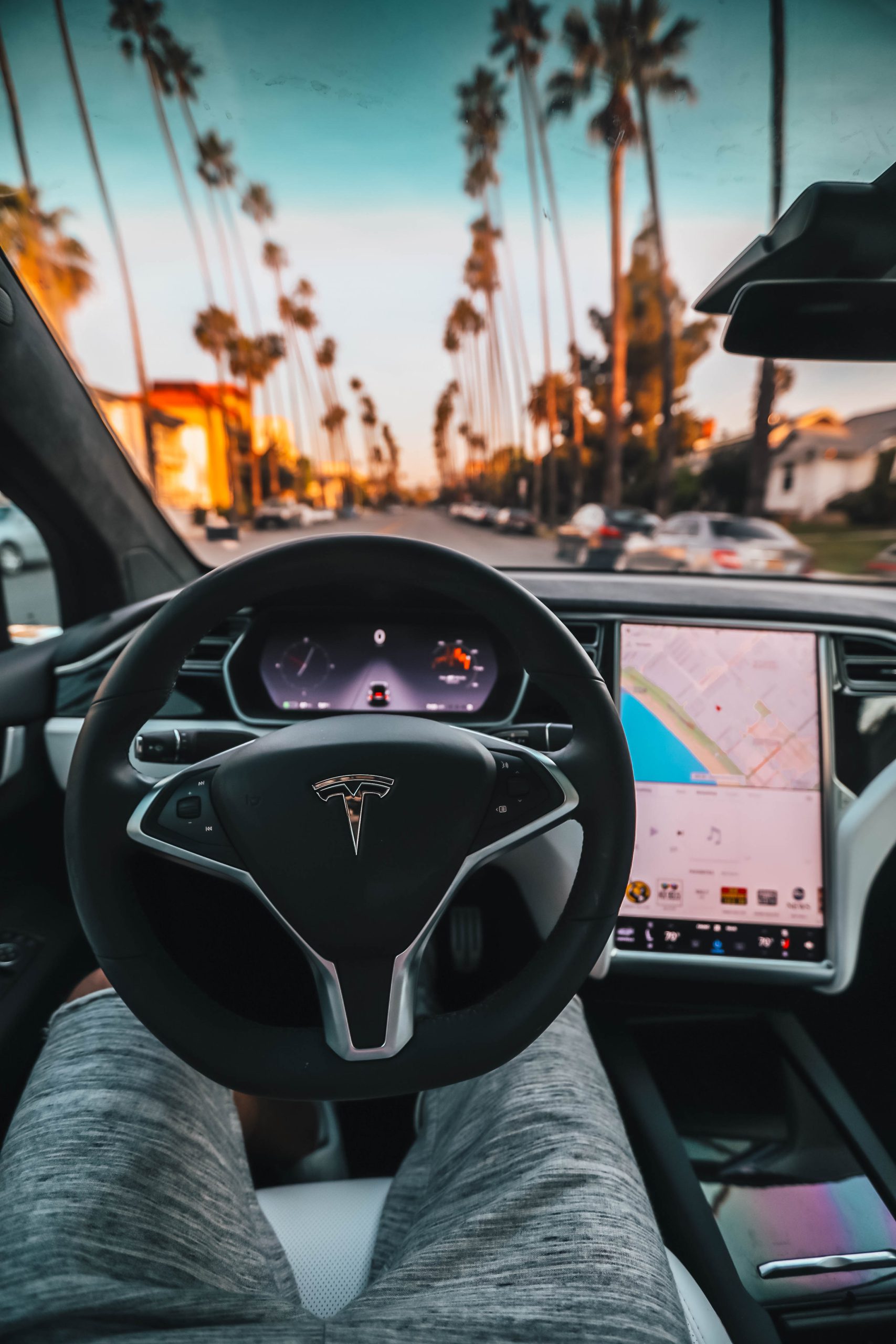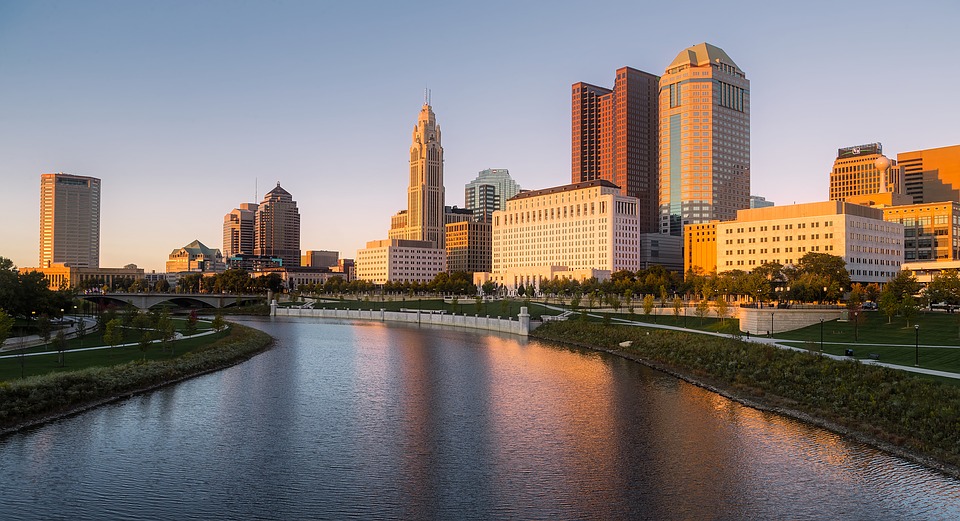In December a former WWII bomber production site will be transformed for testing out self-driving cars. The site in Ypsilanti – the same one that Henry J. Kaiser and Joseph W. Frazer brought in 1947 from Ford Motor Co. to develop Kaiser & Frazer model cars – is now being used to test self-driving cars for commercial use. Development has recently begun to transform the 500 acre area into a fake suburbia, complete with country roads and even robotic pedestrians designed to jump into oncoming traffic. The funding for this, US$110 million, will be split between automakers, suppliers, and technology companies to speed up the development of autonomous vehicles. The cars, some of which are without steering wheels, accelerators and brake pedals, will be reaching speeds of up to 70mph and will drive around the 2.5 mile aforementioned fake neighbourhoods, as well as a full-sized freeway interchange complete with looping on and off ramps. Speaking on the development, Debbie Dingell, a Democratic congresswoman said, “These vehicles are going to happen and it is going to transform mobility in the world, it’s either going to happen in America or it’s going to happen in China or India or western Europe. And we are not going to let that happen.” Michigan is already paving the way for self-driving vehicles. Earlier this year, the University of Michigan announced students would have access to the world’s first ever driverless bus. Ann Arbour has also been christened Michigan’s ‘New Motor City’ due to its reputation as a driverless car hub. In addition, Governor Rick Snyder last year signed legislation to allow autonomous cars to be used on public roads as soon as they are ready. The technology, when it is finally released to the public, could go a long way in hopefully saving lives. Statistics show that up to 94% of traffic accidents are caused by human error. A report from the National Safety Council revealed that last year as many as 40,000 people died from motor vehicle accidents. This was a 6% rise from 2015 and represented a total 14% rise from 2014. It was the first time accidents had exceeded 40,00 since 2007. With autonomous vehicles on the road, this number should hopefully decrease. And as well as saving lives, autonomous vehicles could also help bring back independence for those who have found themselves unable to safely drive due to sight problems. Anil Lewis – of the National Federation of the Blind’s Jernigan Institute – suffered from a loss of vision himself. He said the development is “going to create an improved ability to travel that doesn’t currently exist.” It is estimated that there are 1.3 million legally blind individuals in the US alone and whilst they won’t technically be driving, it will allow them the freedom of movement which they have previously been denied.
Self-driving cars being trialled at former WWII bomber site in Michigan
By Techli
23 agosto, 2017









